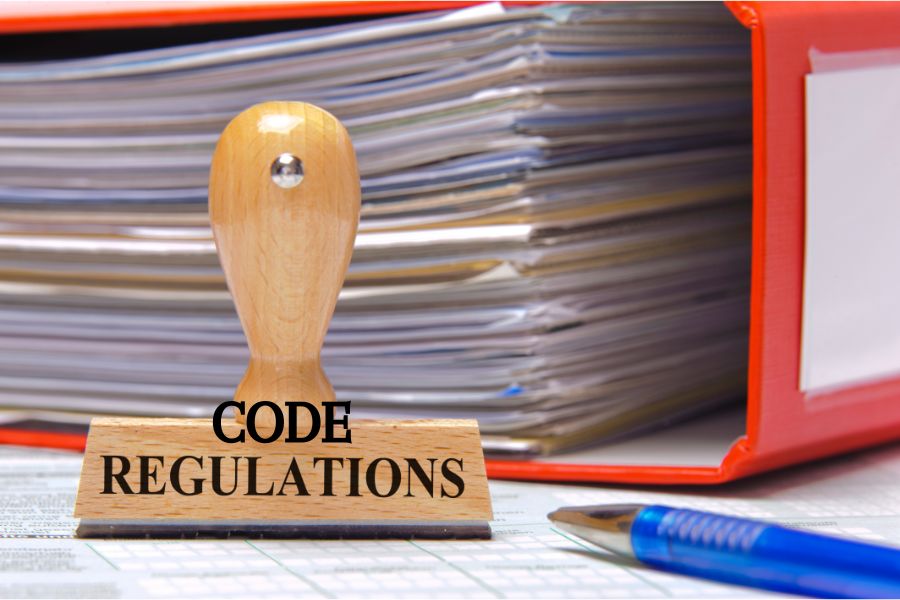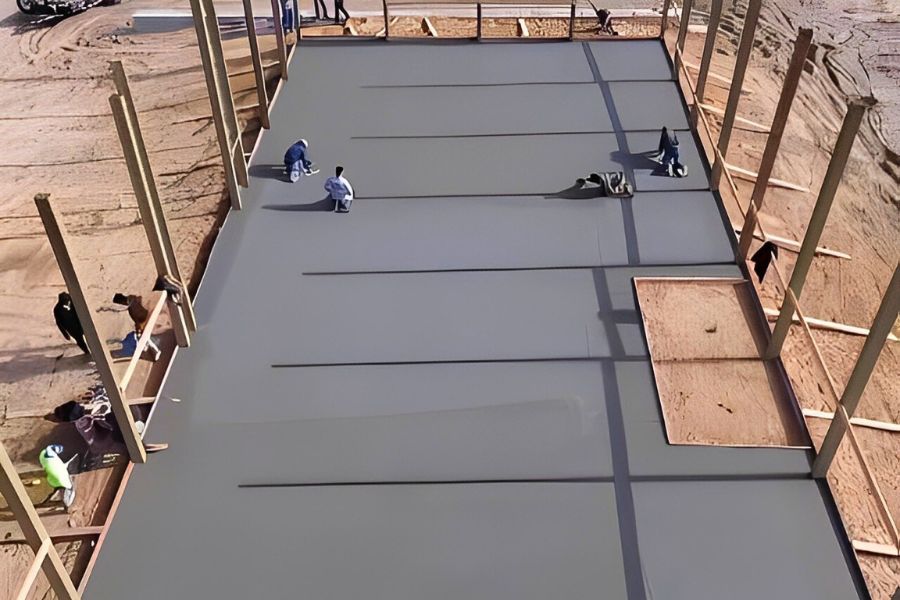Understanding Pole Barn Permit Requirements

Are you considering building a pole barn on your property? Before you break ground, it’s crucial to understand the permit requirements associated with such a project.
Obtaining the right permits ensures that your construction project complies with local regulations and codes, preventing potential legal issues down the road.
So, let’s delve into the world of pole barn permitting to ensure your project goes smoothly.
Why Do You Need a Permit?
Understanding why permits are necessary is the first step toward a successful pole barn construction project. Let’s explore the reasons behind the permit requirement:
- Legal Compliance:Building permits ensure that your pole barn adheres to local zoning regulations, setbacks, easements, height restrictions, and lot coverage limits.
- Safety: Permits help enforce building codes, ensuring that your structure meets safety standards and is structurally sound.
- Avoid Penalties: Constructing without the required permits can lead to hefty fines and legal consequences.
- Insurance: Having permits in place may be necessary for insurance coverage in case of accidents or damage to the property.
- Resale Value: Properly permitted structures typically have higher resale value as they demonstrate compliance with regulations and quality construction.
Recognizing how permits matter is key to starting a construction project right. Now, let’s get into the rules and codes that apply to building pole barns.
Types of Code Regulations

To obtain a pole barn permit, it’s essential to navigate through various code regulations. Let’s break down the three main types of regulations you’ll encounter:
- Zoning Regulations: These regulations dictate where and how buildings can be constructed, covering aspects like setbacks, easements, and lot coverage. Checking with the local zoning board ensures compliance with these regulations.
- Covenants: Additional rules enforced by Homeowners Associations (HOAs) may impose specific guidelines on building construction within subdivisions. Understanding these rules is crucial to avoid conflicts during the permitting process.
- Building Codes: These codes ensure that structures are safe and meet minimum quality standards. Working with a post-frame builder and engineers helps ensure compliance with local building codes.
Getting through these regulations demands careful attention and following all relevant rules. Now that we’ve covered the regulatory scene, let’s delve into other factors for the permit process.
Other Considerations for Pole Barn Permitting

Beyond regulatory requirements, several other factors can impact the permitting process for pole barn construction:
- Additional Permits: Depending on your project’s specifics, you may need permits for driveway installation, utility hookups, well drilling, or septic system installation.
- Documentation and Fees: Completing permit applications requires providing detailed documentation such as blueprints, site plans, and property descriptions. Fees for permits are typically assessed based on factors like building size and jurisdiction.
- Expert Guidance: Working with experienced post-frame builders can streamline the permitting process, minimizing delays and ensuring compliance with regulations.
Conclusion
To sum up, getting permits for building pole barns isn’t just about following the law—it’s essential for keeping your project safe, compliant, and successful. You can smoothly handle the permit process by knowing the rules, getting help from experts, and taking care of other important details.
Keep in mind that partnering with skilled professionals who know pole barn construction well can really help you reach your building goals without running into unnecessary problems or delays. As you start your pole barn project, make sure you’ve got the right permits to set a strong foundation for success.




